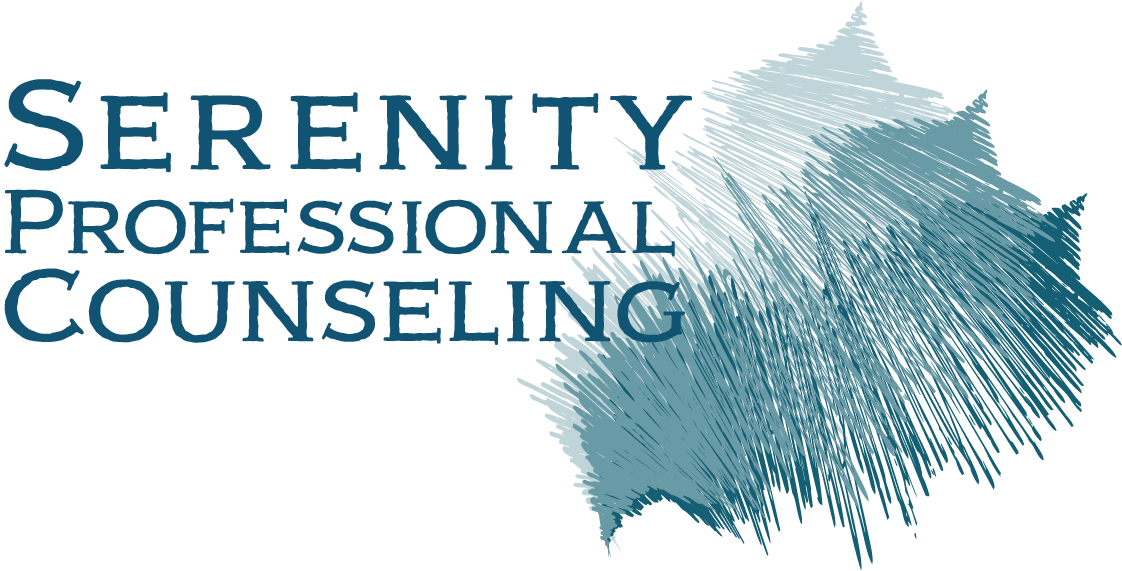Unveiling the Psychedelic Tapestry: LSD’s Past, Present, and Future in Psychotherapy

The psychedelic odyssey of Lysergic Acid Diethylamide (LSD) traces its roots to an accidental discovery in 1938, orchestrated by Swiss chemist Albert Hofmann at Sandoz Laboratories in Basel, Switzerland. What began as a quest to unravel the mysteries of ergot fungus turned into a journey that would unravel the fabric of perception itself.
The Accidental Discovery
In the quiet confines of Sandoz Laboratories, Albert Hofmann’s inadvertent rendezvous with LSD unfolded. Tasked with exploring lysergic acid derivatives from the ergot fungus, Hofmann synthesized LSD-25 in 1938. The pivotal moment, however, occurred on April 16, 1943, when an accidental absorption of a minute amount through Hofmann’s fingertips birthed the world’s first unintentional acid trip(1). This serendipitous event marked the inception of LSD’s extraordinary saga.
The Psychedelic Odyssey
LSD’s psychedelic effects act as a “nonspecific amplifier of the unconscious,” ushering individuals into realms of altered perceptions and dreamlike imagery. Its intricate dance with neurotransmitters involves binding to various receptors in the brain, setting the stage for a unique journey through the psyche(2).
In the mid-20th century, LSD research soared, with scientists exploring its potential in treating psychiatric disorders. However, this promising trajectory was abruptly halted in 1968, when LSD was criminalized and classified as a Schedule I drug(3). Decades of darkness followed, casting a shadow over the therapeutic possibilities that once seemed within reach.
Recent Studies: A Glimpse into the Future
The current psychedelic renaissance is ushering in a new era of LSD exploration. Recent studies outside the U.S. have reignited interest in LSD’s therapeutic potential. Notably, Gasser and colleagues conducted a study on LSD-assisted psychotherapy for anxiety associated with medical conditions, reporting positive effects on mood and behavior(4). Similarly, Schmid and Liechti’s study on healthy volunteers demonstrated increased well-being and life satisfaction after a single dose of LSD(5).
Neuroscience Unveiling the Secrets
Advancements in neuroimaging have provided insights into LSD’s impact on brain activity. A study by Mueller et al. revealed that LSD may reduce the brain’s response to negative stimuli, suggesting potential applications in alleviating depression and anxiety(6). The intricate dance of neurotransmitters under LSD’s influence offers a new perspective on how emotions are perceived and processed.
Microdosing: The Tiny Revolution?
A buzz has surrounded the practice of microdosing LSD, with media stories suggesting creativity and mood enhancement. However, scientific evidence supporting this trend is currently lacking. Even doses as low as 13-26 mg have shown measurable effects, emphasizing the need for rigorous research (7) It’s worth noting that low-dose LSD received by the active placebo group in the Gasser et al. study was associated with worsening anxiety in individuals with comorbid medical illness(4).
The Road Ahead
While the current scientific landscape is limited, Switzerland is emerging as a hub for new clinical investigations into LSD’s potential therapeutic applications. Studies are on the horizon, exploring LSD as a treatment for anxiety in patients with or without life-threatening diseases offer a glimpse into the promising future of LSD research.
As we traverse the intricate tapestry of LSD’s history and current research, it’s crucial to approach the subject with both excitement and caution. The psychedelic potential of LSD opens doors to therapeutic possibilities and the psychedelic journey continues, inviting us to explore the uncharted territories of the mind, but always with a mindful step forward.
Disclaimer: Psychedelic Assisted Psychotherapy has not been approved by any regulatory agencies in the United States, and the safety and efficacy are still not formally established at the time of this writing.
1. Hofmann A: LSD, My Problem Child: Reflections on Sacred Drugs, Mysticism, and Science. Santa Cruz, Calif, Multidisciplinary Association for Psychedelic Studies (MAPS), 2009
2. Rickli A, Moning OD, Hoener MC, et al: Receptor interaction profiles of novel psychoactive tryptamines compared with classic hallucinogens. Eur Neuropsychopharmacol 2016; 26:1327–1337
3. Oram M: Efficacy and enlightenment: LSD psychotherapy and the Drug Amendments of 1962. J Hist Med Allied Sci 2014; 69:221–250
4. Gasser, P., Holstein, D., Michel, Y., Doblin, R., Yazar-Klosinski, B., Passie, T., & Brenneisen, R. (2014). Safety and efficacy of lysergic acid diethylamide-assisted psychotherapy for anxiety associated with life-threatening diseases. The Journal of Nervous and Mental Disease, 202(7), 513-520
5. Liechti ME, Dolder PC, Schmid Y: Alterations of consciousness and mystical-type experiences after acute LSD in humans. Psychopharmacology (Berl) 2017; 234:1499–1510
6. Mueller, F., Lenz, C., Dolder, P., Harder, S., Schmid, Y., Lang, U. E., … & Borgwardt, S. (2017). Acute effects of LSD on amygdala activity during processing of fearful stimuli in healthy subjects. Translational Psychiatry, 7(5), e1084
7. Bershad AK, Schepers ST, Bremmer MP, et al: Acute subjective and behavioral effects of microdoses of lysergic acid diethylamide in healthy human volunteers. Biol Psychiatry 2019; 86:792–800
